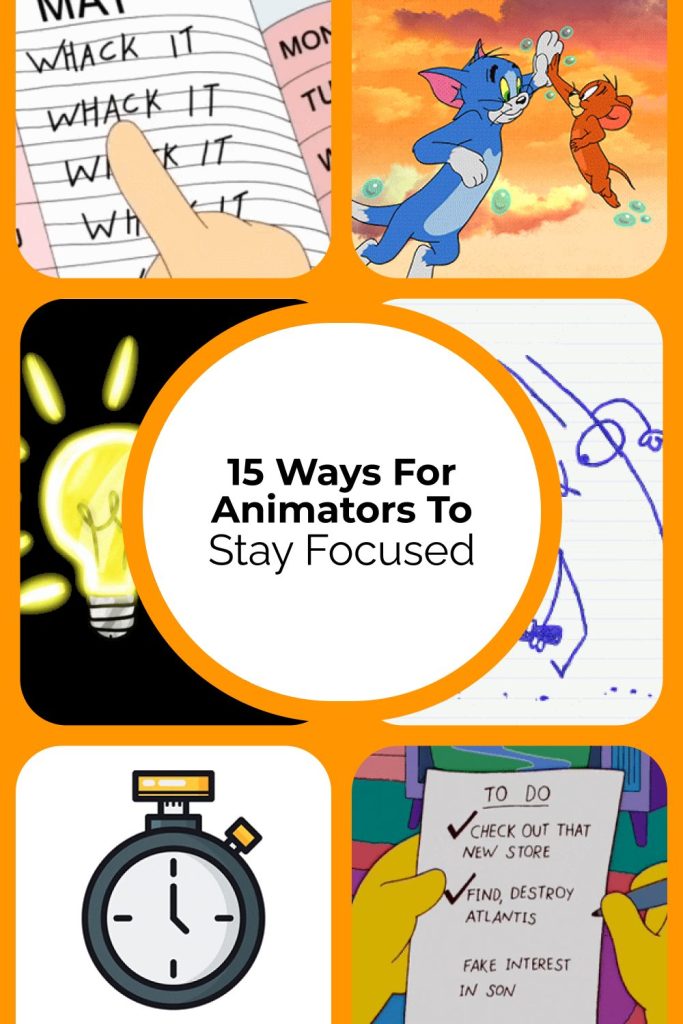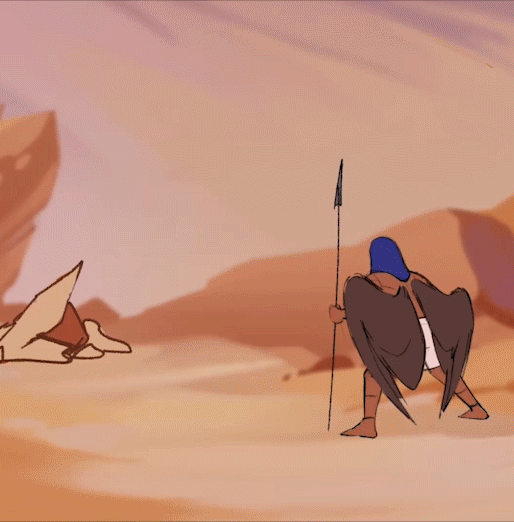Stay Focused When There Are So Many Distractions
Animating takes time. A lot of time. Sometimes more than you expect, and definitely more than most people realize. If you’ve ever sat down at your desk buzzing with inspiration, only to get stuck in perfectionism, distraction, or total overwhelm… you’re not alone. We’ve been there too. Its hard to find ways for Animators to Stay Focused. The truth is, staying consistent with your animation isn’t just about talent or willpower—it’s about creating a rhythm that supports you. One that works with your life, not against it.
This framework is here to help you build that rhythm—so you can keep showing up, even on the days when motivation feels miles away.
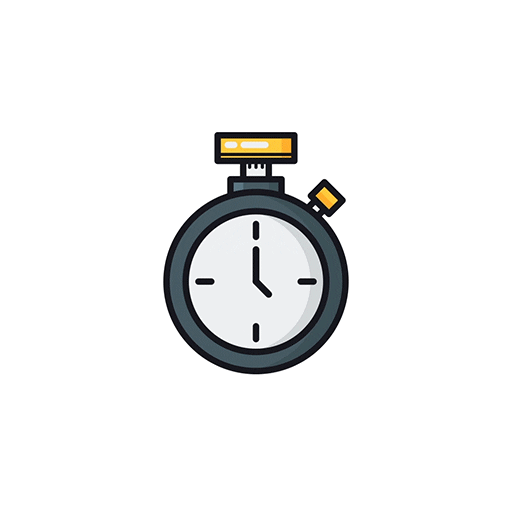
1. Have a Start and Stop Time
Animation doesn’t need endless hours to be meaningful. In fact, some of your most creative breakthroughs can happen within a focused 30-minute block. Whether you’re roughing out key poses, studying timing, or cleaning up a few frames, setting a clear start and stop time helps you approach your craft with purpose, not pressure. When you know precisely when you’re animating, it’s easier to show up with energy and leave without burnout.
Try this:
☐ Set a fixed time block for animation (example, 4–6 PM)
☐ Use alarms to signal when to start and when to stop
☐ Stick to it for 3 days in a row
If this still feels like too much time, start working with a 15-minute timer and see if you have the energy to work for more time.
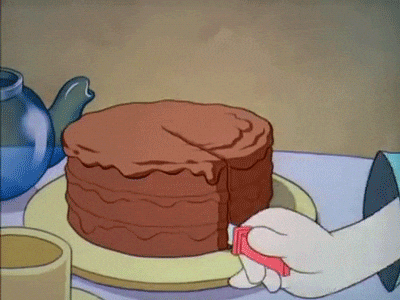
2. Build a Reward System for Yourself
Finished blocking out a scene? Cleaned up those rough keyframes? That’s a win. Let’s celebrate it!
Animation is built on tiny victories, and rewarding yourself reinforces the habit of showing up. Whether it’s a snack, a walk, or 20 guilt-free minutes watching your favorite show, giving your brain something to look forward to makes the long haul of animation feel more sustainable. This is a marathon, not a sprint. Small treats help keep your creative energy fueled.
Try this:
☐ Make a reward menu (snack, walk, show, etc.)
☐ Pick a reward for finishing today’s task
☐ Actually give yourself the reward after completing it!
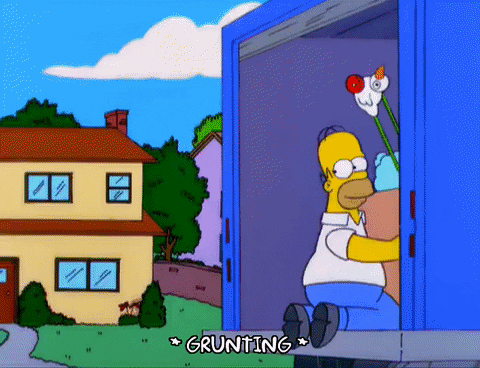
3. Shake Up Your Environment
Sometimes, your animation brain just needs a scene change. Literally! If you’ve been staring at the same frame or timeline for hours, try moving to a different space: sketch at a café, block out poses at the kitchen table, or simply rearrange your desk. These are all ways for Animators to Stay Focused. Just as switching camera angles in a shot can reset your focus and refresh your creative thinking, a new perspective can do the same. Even a slight shift in environment can spark new ideas or help you see your work with fresh eyes.
Try this:
☐ Animate in a different room or location today
☐ Rearrange one part of your workspace
☐ Add something inspiring to your desk (photo, sketch, quote)
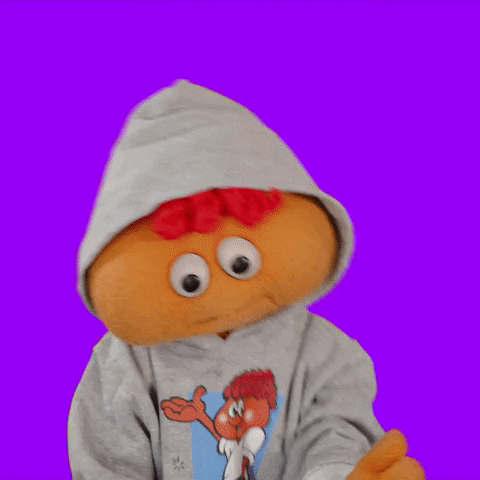
4. Reflect on Your “Why”
What pulled you into animation in the first place? Was it the magic of seeing your drawings come alive? The joy of storytelling? The dream of creating something that makes others feel something? Take a moment to write down your personal why. It’s the reason you started animating. Tape it to your wall, sketchbook, or workspace. When the frames get frustrating or the deadlines feel heavy, reconnecting with that core motivation can reignite your spark and carry you through the brutal scenes.
Try this:
☐ Write down why you animate
☐ Post it near your workspace
☐ Read it when you’re feeling stuck or discouraged
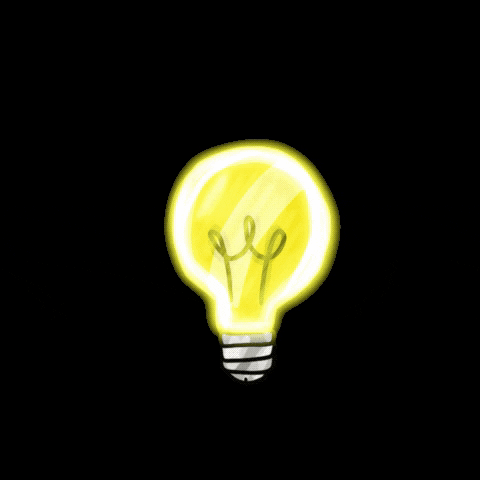
5. Set SMART Goals
Vague goals like “get better at animating” are easy to lose sight of—especially when the work piles up. Instead, make your goals SMART: Specific, Measurable, Achievable, Relevant, and Time-bound. For example: “Complete a 10-second character walk cycle by next Friday.” This kind of goal gives you a clear target to aim for, makes progress easy to track, and keeps your animation practice focused and manageable.
Never heard of the SMART goals system before? Well, it’s a system to help turn big, vague ideas into clear, achievable steps that keep your animation projects moving forward. Here’s how each letter makes your goal-setting stronger:
- Specific: Define exactly what you want to accomplish.
Example: Instead of “Improve animation,” say “Animate a 10-second bouncing ball loop.” - Measurable: Ensure you can track your progress or determine when it’s complete.
Example: “Complete 3 key poses and 12 in-between frames” lets you see exactly how much work is left. - Achievable: Set a goal that’s challenging but realistic given your current skills and time.
Example: Don’t plan to animate an entire short film in one week; instead, aim for a single scene or a character’s action. - Relevant: Choose goals that align with your bigger creative dreams or projects.
Example: If you want to specialize in character animation, focus on looping walk cycles or facial expressions rather than unrelated effects. - Time-bound: Give yourself a deadline to create urgency and help manage your schedule.
Example: “Finish the rough animation by Friday at 5 PM” encourages steady progress and helps prevent procrastination.
Using SMART goals helps you break down animation work into manageable chunks, so you can build skills steadily and celebrate real milestones along the way.
Try this:
☐ Ask yourself how you can make your goal more:
☐ Specific ☐ Measurable ☐ Achievable ☐ Relevant ☐ Time-bound
If your goal is still too vague or broad, then break it down into smaller, more manageable pieces.
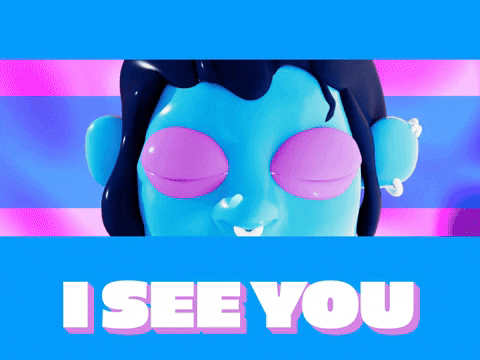
6. Post Your Goals Somewhere Visible
Your brain needs reminders. Your animation goals need to be front and center—just like your keyframes. Write them on a sticky note, whiteboard, or set them as your computer wallpaper so you see them every time you open your animation software. Keeping your goals visible is like having a constant reminder of your storyboard, guiding you toward where you want to go. It helps you stay connected to your creative intention, keeps your focus sharp during long sessions, and gently nudges you back on track when distractions sneak in.
Try this:
☐ Write your SMART goal on a sticky note or card
☐ Place it near your monitor or on your sketchbook
☐ Read it at the start of each session
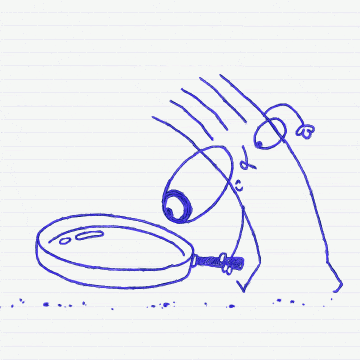
7. Track Your Progress
There’s a special kind of satisfaction in ticking off frames and scenes as you complete them. Use a calendar, habit tracker, or animation journal to record what you accomplish each day—whether it’s roughing out key poses, polishing a sequence, or experimenting with timing. Celebrating these small wins keeps your momentum going and makes your progress visible, reminding you that every step you take is a step closer to your creative goals.
Try this:
☐ Create a mini calendar or habit tracker
☐ Mark each day you animate
☐ Reflect on your streak at the end of the week
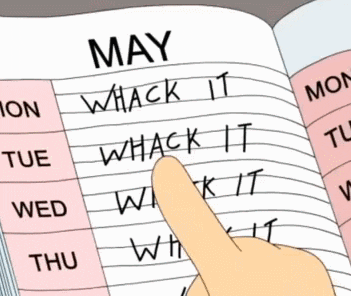
8. Schedule Breaks into Your Day
Breaks are not optional. They are not only something nice to have; breaks are essential for animators. Animation demands intense focus and can strain both your mind and body. Schedule short breaks between your work sessions, and make sure at least one is screen-free. Use that time to stretch, drink water, or step outside for fresh air. Giving your brain and eyes a rest helps you return to your animation refreshed, sharper, and more creative.
Try this:
☐ Try the Pomodoro method (25 min work / 5 min break)
☐ Take one screen-free break today (walk, stretch, hydrate)
☐ Log how your focus changes afterward
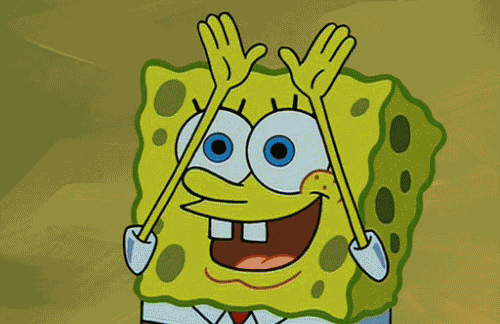
9. Stay Optimistic and Trust Yourself
Self-doubt loves to sneak in during those tricky animation moments, especially when you’re learning or experimenting. Animation skills improve because you keep showing up, not because every frame is flawless. Stay optimistic, trust your creative instincts, and allow yourself room to grow. Every rough sketch, every imperfect test is a step closer to mastery.
Try this:
☐ Write 3 short affirmations (e.g., “I’m growing,” “Every frame counts”)
☐ Read them before or after each work session
☐ Keep them posted near your screen
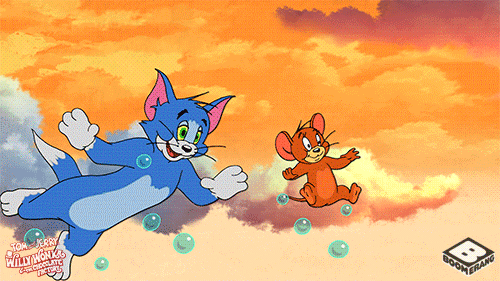
10. Work with an Accountability Partner
You don’t have to animate in isolation. Find a friend, classmate, or fellow artist to team up with, and set up regular check-ins—whether weekly messages, quick video calls, or sharing your latest scenes. Accountability isn’t about adding pressure; it’s about having encouragement and support when you hit bumps, and the motivation that comes from knowing someone else is cheering you on as you push your projects forward.
Try this:
☐ Ask a friend or peer to check in weekly
☐ Share one goal you’re working on this week
☐ Send a quick update (text or voice note) when you finish it
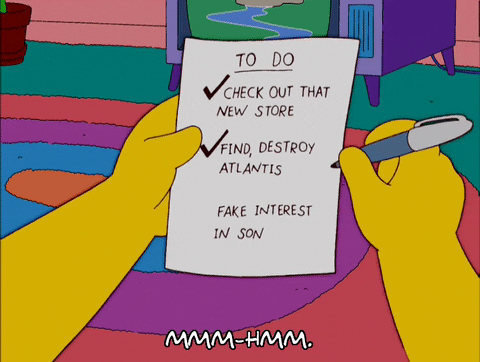
11. Prioritize Your To-Do List
Not every task needs to be done right now. Each day, choose 1–3 “must-do” tasks that move your animation forward, such as roughing out a pose, adjusting timing, or exporting a scene. Save the rest for later. By narrowing your focus, you free up energy for quality work, and avoid the overwhelm of trying to do everything at once.
Try this:
☐ Write down your full to-do list
☐ Circle just 3 key tasks for today
☐ Do those before anything else
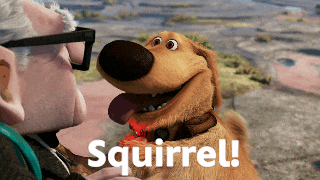
12. Reduce External Distractions
Phones, tabs, and pop-up notifications are like tiny villains stealing your creative focus. Before you start animating, close unused tabs, silence your phone, and switch to full-screen mode. Even setting a 25-minute timer can create a bubble of deep focus. Give your animation session your full attention, then return to everything else guilt-free. You’ll be amazed at how much more you get done when your brain isn’t constantly switching gears.
Try this:
☐ Turn off notifications
☐ Close unused tabs and apps
☐ Put your phone on airplane mode or in another room
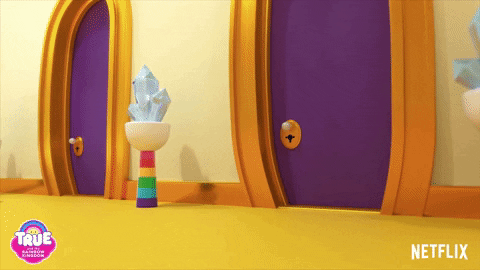
13. Stay Open to Changing the Plan
Life happens. Timelines shift, rigs break, and sometimes your brilliant idea just doesn’t land the way you hoped. That’s okay. If your original plan stalls out, pivot. Adjust your schedule, explore a new tool, or rethink your approach. Flexibility keeps frustration low and your creativity flowing. Animation is an iterative process. Changing direction doesn’t mean failure. It means you’re learning how to make it better.
Try this:
☐ Identify one project you feel stuck on
☐ Brainstorm 3 different ways to approach it
☐ Try one of the new ideas for 30 minutes today
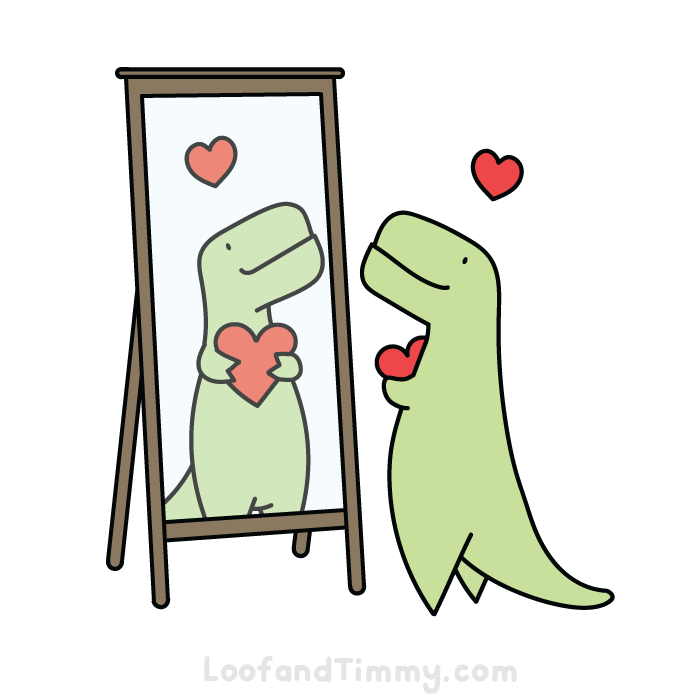
14. Be Patient and Compassionate with Yourself
Some days, animating feels like pushing through molasses, and that’s normal. It doesn’t mean you’re failing; it means you’re human. When you miss a goal or get stuck in a scene, don’t beat yourself up. Treat yourself the way you’d treat a friend: with patience, encouragement, and understanding. Progress in animation isn’t always linear, and showing up with compassion is just as important as showing up with discipline.
Try this:
☐ Write a short pep talk to your future self
☐ Example: “You’re learning. It’s okay to move slowly. Just don’t stop.”
☐ Save it someplace where you’ll see it again

15. Work with a Coach or Mentor
Having someone experienced in your corner can be transformative. A good coach helps you stay on track, sharpen your skills, and move forward with confidence. If you’re ready to go deeper, explore our Traditional 2D Animation Workshops where you’ll get structured lessons, honest feedback, and mentorship from working professionals who’ve been where you are.
☐ Sign up for our courses or join the Discord for feedback community
☐ Try the One-Month Intensive Mentorship to get direct help on a project
☐ Post a WIP in a group and ask for feedback this week
Final Thoughts
Building a sustainable animation routine is about cultivating habits that support your creativity, energy, and overall well-being. Pushing yourself too hard or punishing yourself when a project is not complete only stops your creativity from growing. You don’t have to do everything at once. Start with one or two small shifts, and notice what helps you feel more focused, inspired, and like yourself. Some days will be slow, others will flow effortlessly, but every time you show up, you’re investing in your growth. So take a breath, trust your process, and keep moving one frame at a time.
You’re not falling behind! You’re becoming the animator you set out to be. Keep going. We’re cheering you on.
